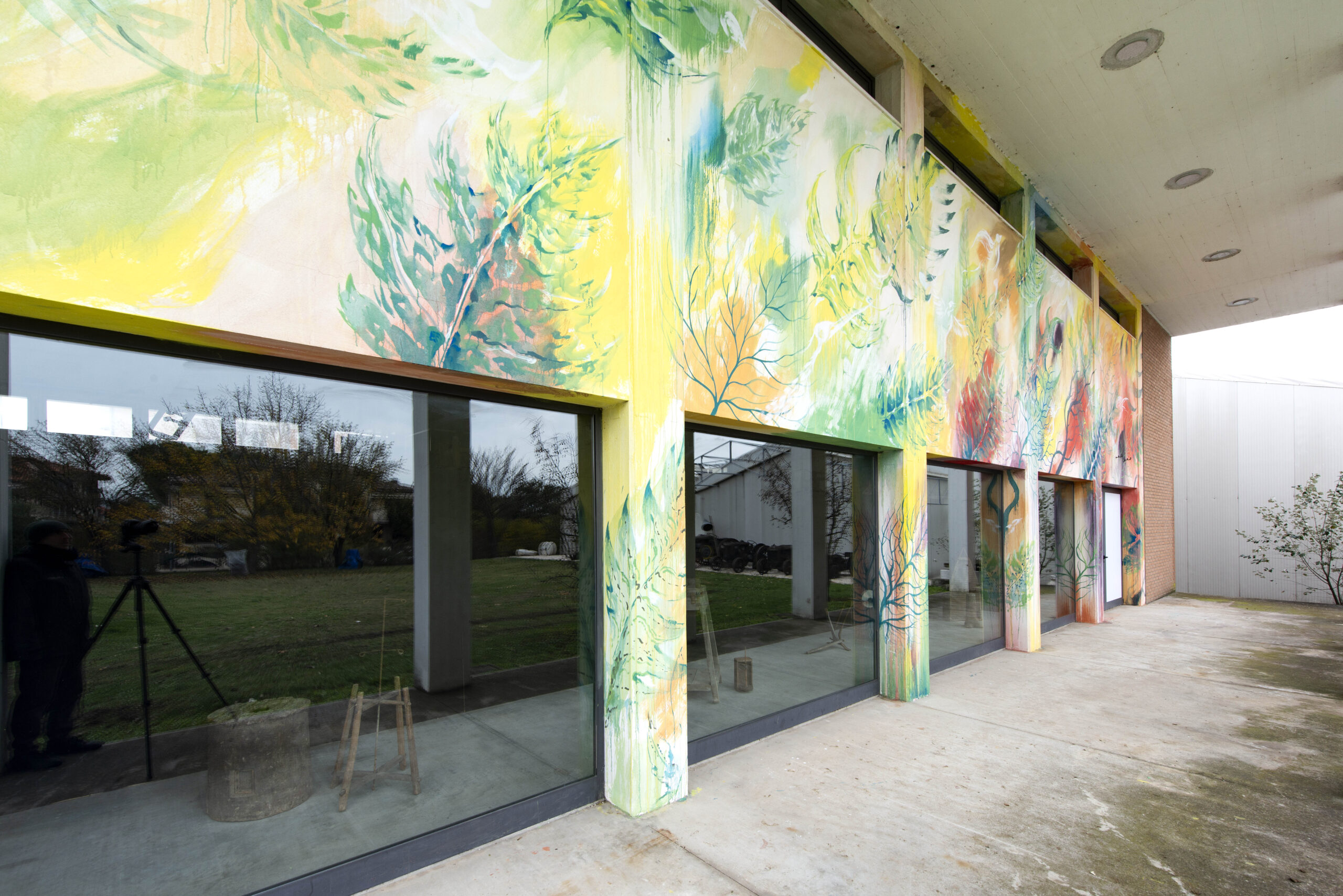Project description








Beyond the Silent Spring
A resounding winter
“In a letter dated January 1958, Olga Owens Huckins told me about
his bitter experience “of a small world now devoid of life”,
and suddenly brought my attention back to a problem that already
I had long ago placed myself….”
This is how Rachel Carson begins in the preface of her publication, which has now become a milestone in modern ecology and from which Gola Hundun’s work takes its cue to tackle the same theme 40 years later and photograph a situation far worse than to one displayed in the 60s.
Indeed, over the past decades, the launch of specific food globalization policies and the exponential development of large-scale distribution have favored the use of chemical pesticides in the promising food industry. The result is that the silence shouted by Carson, resulting from the disappearance of many animal species in intensive agriculture and monocultures, is today extremely amplified.
In fact, even the territory of lower Romagna, on which the artist intervenes, is still dominated by this silence; moreover, the work fits into a context of cultural container such as the Ethnographic Museum of Sant’Arcangelo di Romagna, designated for the protection and conservation of the agricultural tradition of the area.
In his constant search for dialogue with the place, since he deals with a museum, Gola Hundun decides to overturn the image of the facade of the museum classically understood to constitute a new order which – referring to Greek culture – provides for an architecture in constant dialogue with the nature. Hence the decision to replace the capital with three-dimensional clay elements, with the function of a nest. In fact, as always, the artist tries to combine the pictorial representation with concrete gestures that trigger change.
The pictorial composition that stands out against the background consists of vegetal elements with soft edges, almost blurry, uncertainly focused, in an identity that gradually gets lost.
For these elements, the use of an unusual chromatic range for the artist is striking, which veers from green to red, passing through the autumnal shades of ocher and forest green.
The reason for the use of this color palette is to be found in the temporal path that the author decides to represent: from 1962 (year of publication of Carson’s book), passing through the present moment and also trying to glimpse a future that has here an open ending. Red like the life that burns or like the annihilation given by an explosion/implosion, as a result of man’s unconscious actions on nature.
Profiles of birds with an evanescent consistency, without color, stand out among the leaves to represent their absence with an expedient.
In fact, Absence is a theme that returns cyclically in the artist’s work and is also represented this time by white which in this work is almost annihilated by the background and then disappears.
Gola Hundun seeks here a synecdotic use of painting, capable of playing a work with lyrical tones that refer to Wagnerian music, to bring back the pathos of a dramatic condition to which nature is subjected in a resounding winter.
Not drawing, but color. Not a defined line, but chromatic spots.
The atonal figure of the birds represented in evanescence.
Reading the work according to the score.
The surprise ending.
The beysian action of planting native tree species and building nests for endemic bird species.
Last but not least, the trusting dialogue with the new generations which leads back to the ending of Carson’s book: hope in the future.
“…And finally, I must point out that I am indebted to a crowd
of people, many of them unknown to me, but who none the less
make the publication of a book like this legitimate. I’m
the people who first stood up against poisoning
irresponsible and impudent of the Earth on which we live together with all
the other creatures, and are fighting thousands of little ones today
battles destined to make common sense and reasonableness triumph
in our adaptation to the world around us.”
Alessandra Arpino
